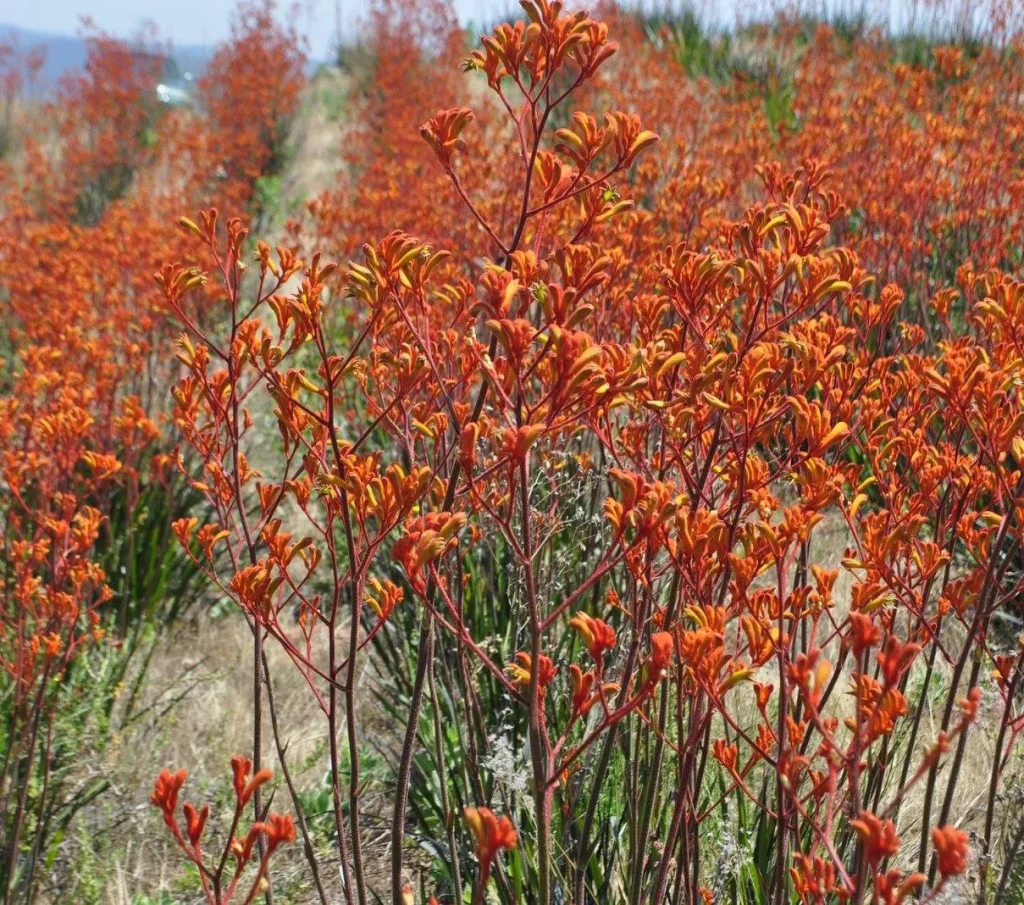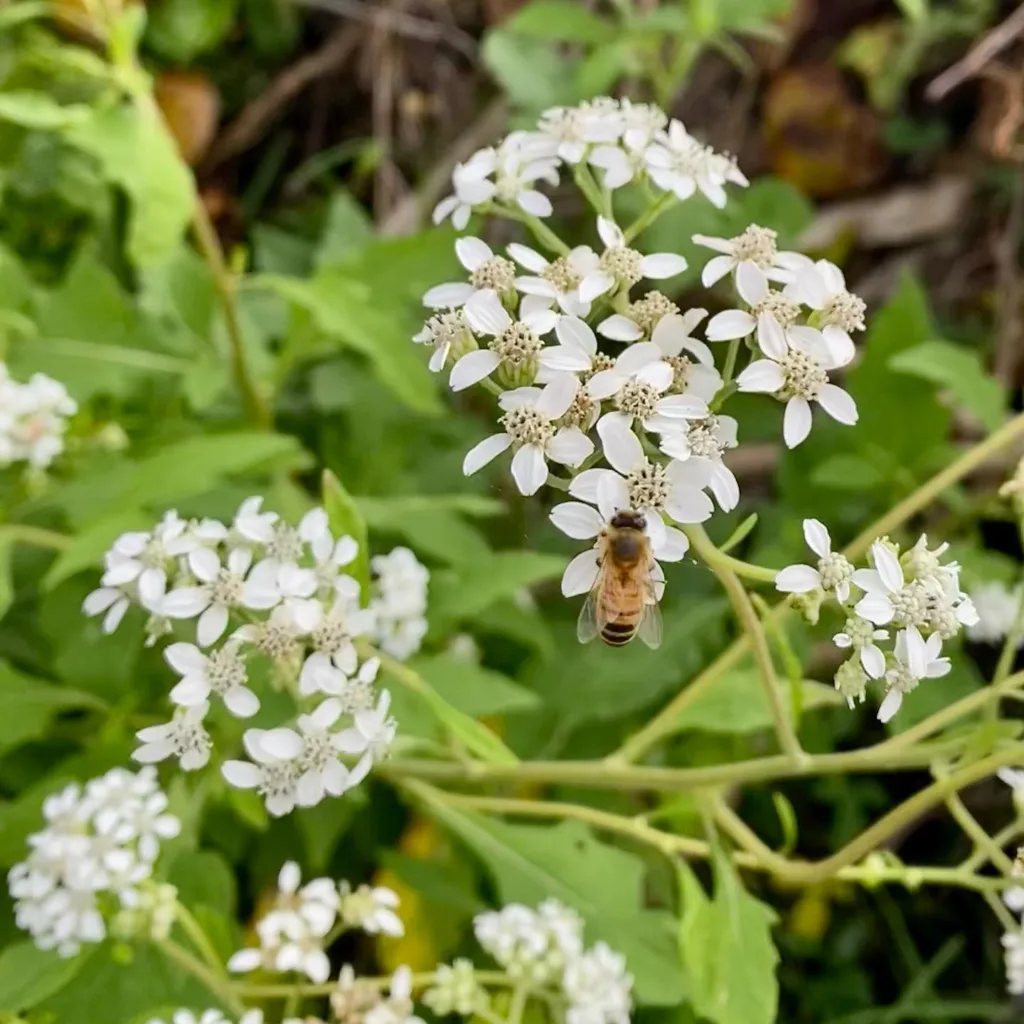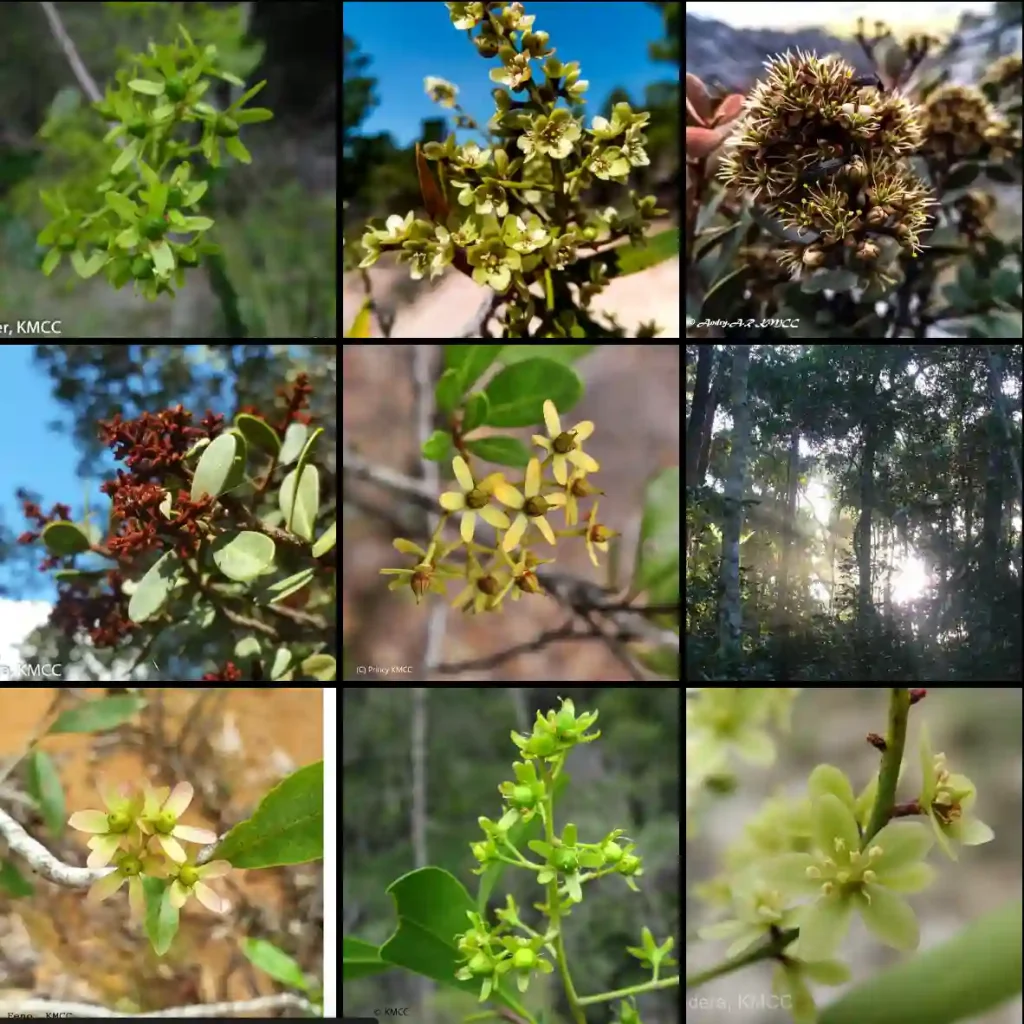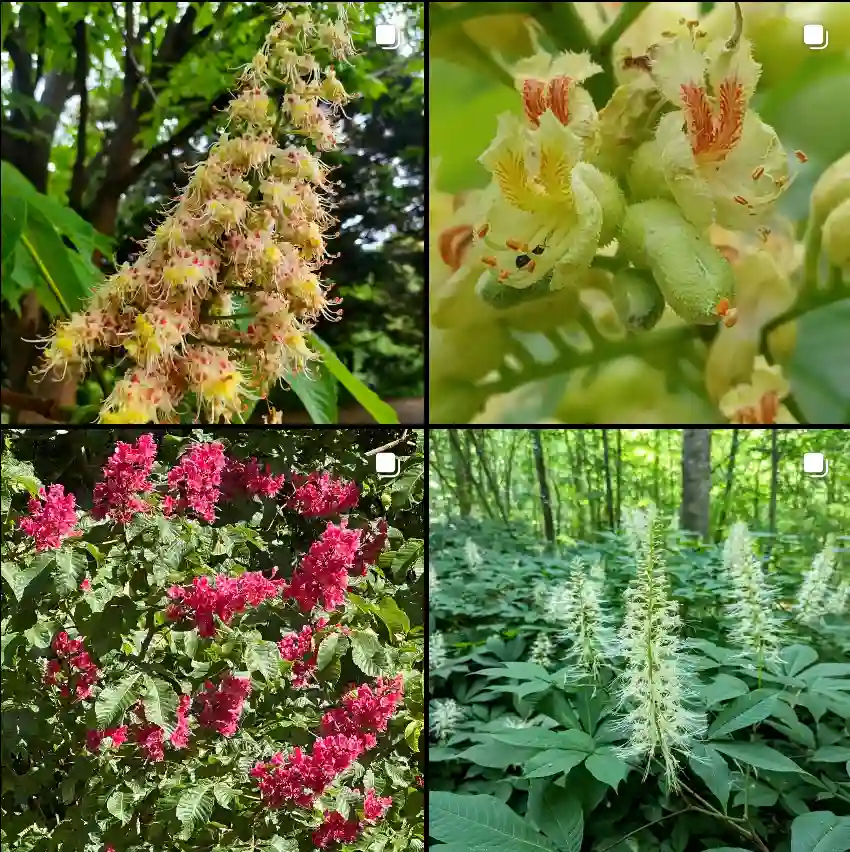Exploring the Enigmatic Atherospermataceae
The world of botany is a vast and captivating realm, brimming with a myriad of plant families, each with its own unique characteristics and evolutionary tales. Among these fascinating groups is the Atherospermataceae family, a relatively small but intriguing collection of flowering plants predominantly found in the Southern Hemisphere.
As a budding botanist, I’ve always been drawn to the lesser-known corners of the plant kingdom, and the Atherospermataceae family has piqued my curiosity for quite some time. Its members, often characterized by their aromatic foliage and distinctive floral structures, have adapted to a diverse range of habitats, from rainforests to alpine regions.
A Global Distribution with a Southern Bias
The Atherospermataceae family boasts a distribution that spans several continents, including Australia, New Zealand, New Caledonia, South America, and certain islands in the Pacific. However, it’s important to note that the majority of its genera are concentrated in the Southern Hemisphere, particularly in Australia and New Zealand. This geographical bias has undoubtedly influenced the evolutionary trajectory of these plants, shaping their adaptations and ecological roles.
Genera of the Atherospermataceae Family
The Atherospermataceae family comprises a modest number of genera, each with its own unique charm and botanical significance. Let’s take a closer look at some of these remarkable groups:
- Atherosperma: This genus, from which the family derives its name, is known for its evergreen trees and shrubs with aromatic leaves. Its species, such as Atherosperma moschatum (Southern Sassafras), are valued for their timber and essential oils.
- Daphnandra: Endemic to Australia, this genus encompasses evergreen trees with leathery leaves and fragrant flowers. Daphnandra species, like Daphnandra micrantha (Socketwood), are recognized for their ecological importance and potential medicinal properties.
- Doryphora: Another Australian native, this genus features evergreen trees with aromatic bark and leaves. Doryphora sassafras (Sassafras) is a notable species, prized for its timber and essential oil, which has a distinct sassafras-like aroma.
- Laurelia: With a disjunct distribution in South America and New Zealand, this genus includes evergreen trees with aromatic leaves and inconspicuous flowers. Laurelia novae-zelandiae (Pukatea) is a prominent species in New Zealand, known for its cultural significance and ecological role.
- Nemuaron: Endemic to New Caledonia, this genus is represented by a single species, Nemuaron vieillardii. This evergreen tree is characterized by its aromatic leaves and unique floral structures.
- Dryadodaphne S.Moore
Distinctive Features and Adaptations
The Atherospermataceae family exhibits a range of distinctive features that set it apart from other plant groups. These characteristics have evolved in response to various environmental pressures and ecological interactions, allowing these plants to thrive in their respective habitats.
One notable feature is the presence of aromatic compounds in their leaves, bark, and flowers. These compounds, often with a pleasant fragrance, serve multiple functions, including attracting pollinators, deterring herbivores, and protecting against pathogens.
Another distinctive characteristic is their unique floral structures. The flowers of Atherospermataceae plants are typically small and inconspicuous, often lacking petals or sepals. However, they possess numerous stamens, which produce copious amounts of pollen. This abundance of pollen facilitates wind pollination, a common strategy in this family.
Furthermore, many members of the Atherospermataceae family exhibit adaptations to fire-prone environments. Their thick bark, dormant buds, and ability to resprout from lignotubers enable them to survive and regenerate after wildfires, a recurring phenomenon in many of their habitats.
Ecological Importance and Conservation Concerns
The Atherospermataceae family plays a crucial role in the ecosystems it inhabits. Its members provide food and shelter for a variety of animals, including insects, birds, and mammals. Their aromatic foliage and flowers attract pollinators, contributing to the biodiversity of their surroundings.
Moreover, some species within this family have cultural significance for indigenous communities. Their timber, essential oils, and medicinal properties have been utilized for centuries, highlighting their ethnobotanical importance.
However, despite their ecological and cultural value, several members of the Atherospermataceae family face conservation concerns. Habitat loss, fragmentation, and the introduction of invasive species pose significant threats to their survival. Climate change, with its associated shifts in temperature and rainfall patterns, further exacerbates these challenges.
Conclusion
The Atherospermataceae family, though relatively small in size, holds a wealth of botanical wonders. Its members, with their aromatic foliage, distinctive floral structures, and ecological adaptations, offer a glimpse into the intricate workings of the plant kingdom.
As a botanist, I’m continually fascinated by the diversity and resilience of life on Earth. The Atherospermataceae family, with its global distribution and Southern Hemisphere bias, serves as a reminder of the interconnectedness of ecosystems and the importance of preserving our natural heritage.
Through continued research, conservation efforts, and public awareness, we can ensure that future generations will have the opportunity to appreciate and learn from the enigmatic Atherospermataceae family, a true testament to the beauty and complexity of the botanical world.
If i die, water my plants!



